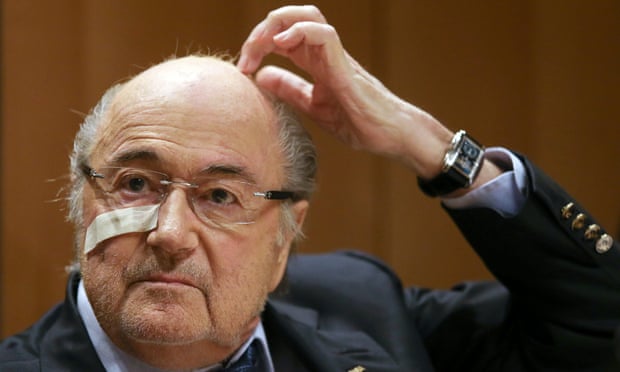Herrera's unofficial contract tells us that Mexican players particularly are now as much a footballing asset as a financial asset; both sides being related to each other to a extent which would open the possibility of overvaluation (like happens with currencies, commodities or stocks). The footballing side would be the "face value" while the financial side would be the "market value". The difference between them is, according to the first result given by Google:
A: Face value, or par value, is equal to a bond's price when it is first issued, but thereafter, the price of the bond fluctuates in the market in accordance with changes in interest rates, while the face value remains fixed.
The abovementioned document says Herrera moved from the Mexican league to the Portuguese league in 2013 through the acquisition of 80% of his economic rights by FC Porto (8 million euros). Moreover, the side letter to the transfer agreement between the Portuguese and Pachuca states that the release clause for a potential move to another club (in case the remaining 20% stayed with Pachuca), amounted to 20 million euros to be distributed proportionally amongst the two parties. Within the pages of FC Porto's public financial statement for the 2013-14 season, however, the release fee appears as 40 million and not 20 as it appears in the side letter leaked.

The moneyball strategy that Porto employs with the Mexican midfielder is the same employed with other players in the past: to try to cash the highest profit possible by betting (speculating, bluffing, if you like) on the perceptions of the market value. Once Porto manages to sell, say, Jackson Martínez, for three or four times the money they paid to Jaguares de Chiapas, a new contract is signed and Jackson's face value (along with his release clause) increases boosted in part by his footballing performance.
Although Héctor Herrera landed on Portugal a summer after conquering the Olympic gold medal with the u23 Mexican team, he experienced a dip in form during that Olympic tournament making his final appearances only as a substitute. As we saw in the last World Cup (where Herrera was arguably Mexico's best man), he's relentless, disciplined and able to dribble past everyone in central zones. When fully fit, he can be top class. But when not fully fit or focused, he wanders and disappears: it was the case in the last Concacaf Gold Cup, where he was relegated to the bench, and it was also the case during the first months of the current club season.
Herrera is a player of ups and downs and it's likely that Porto won't sell his rights for more than his real face value (less than 20 million euros). A potential move for him probably will resemble that of countryman Javier Hernández last summer. Although back in 2010 this latter's transaction fee remained undisclosed, the money Manchester United paid Chivas is said to be in the region of 6 million pounds; the money Bayer Leverkusen paid United, five seasons later, was just 7.3 million. Chicharito's face value, in other words, remained almost equal in plain footballing terms.
Mexican talented footballers are indisputably a financial asset whose profit ratio is way bigger than that of players from smaller countries with a similar tradition like Chile, Uruguay or even Argentina. For instance, social media accounts of European clubs which target Spanish-speaking audiences can easily double or triple their traffic from Mexico or from the United States by signing a decent prospect. That's where the market value of a Mexican player can pull up his face value, along with his salary, although then such a gap between the footballing side and the financial side is of course an overvaluation.
The gap between face and market values for Mexican players, namely, the existence of a general overvaluation, is no theoretical abstraction because it explains the increasing need of imported talent in Liga Mx in spite of the too increasing presence of Mexicans in European Leagues. Time has come for fans to assign the proper value to a beautiful volleyed goal against Paços de Ferreira in a 4-0 thrashing and to any junior title the national side can win, bearing in mind the fair location of Mexican soccer within the beautiful game's international marketplace.












